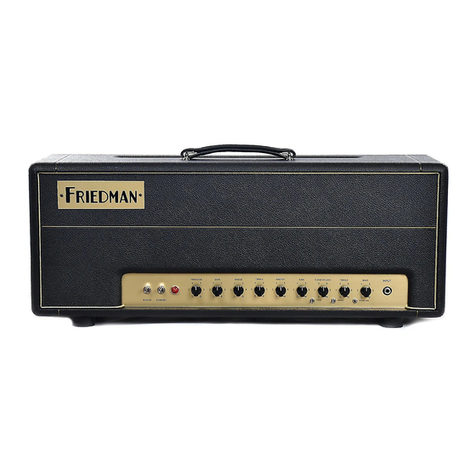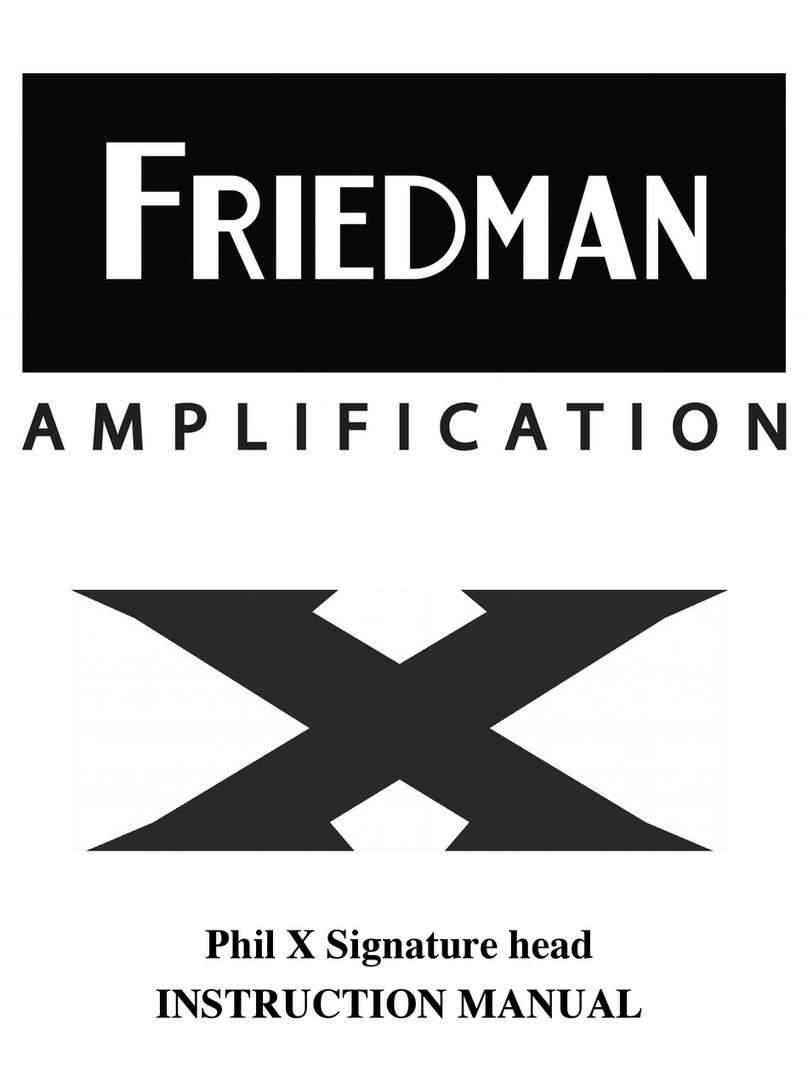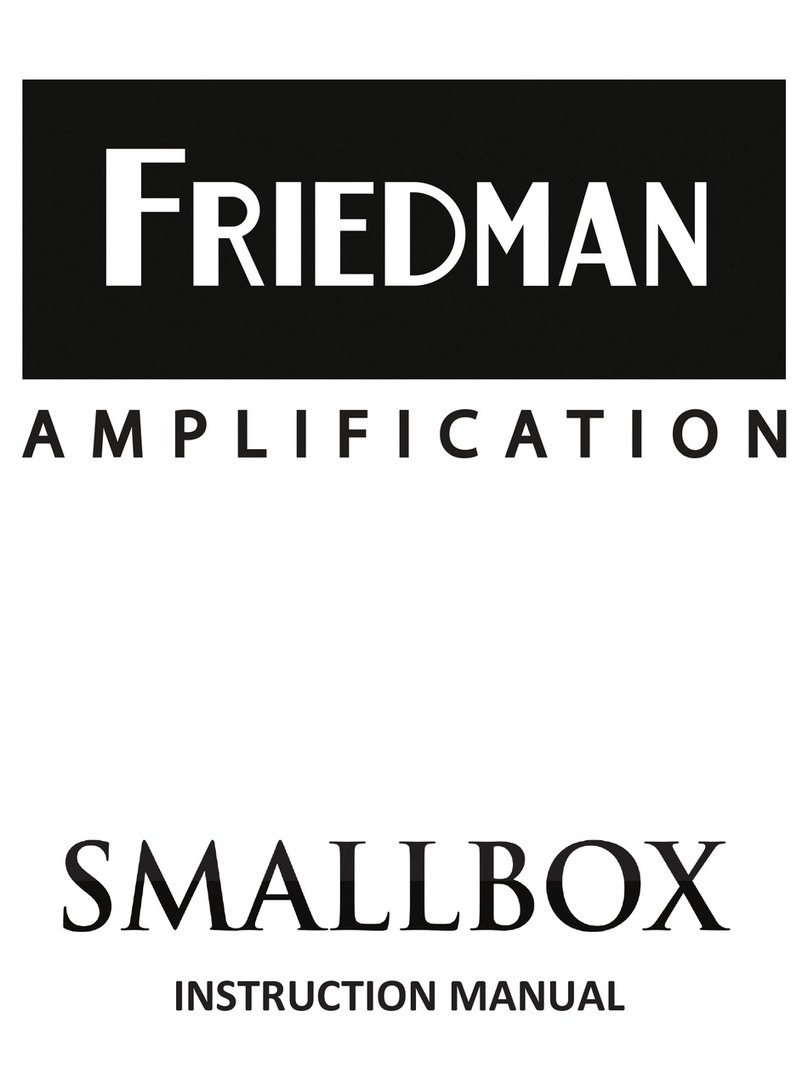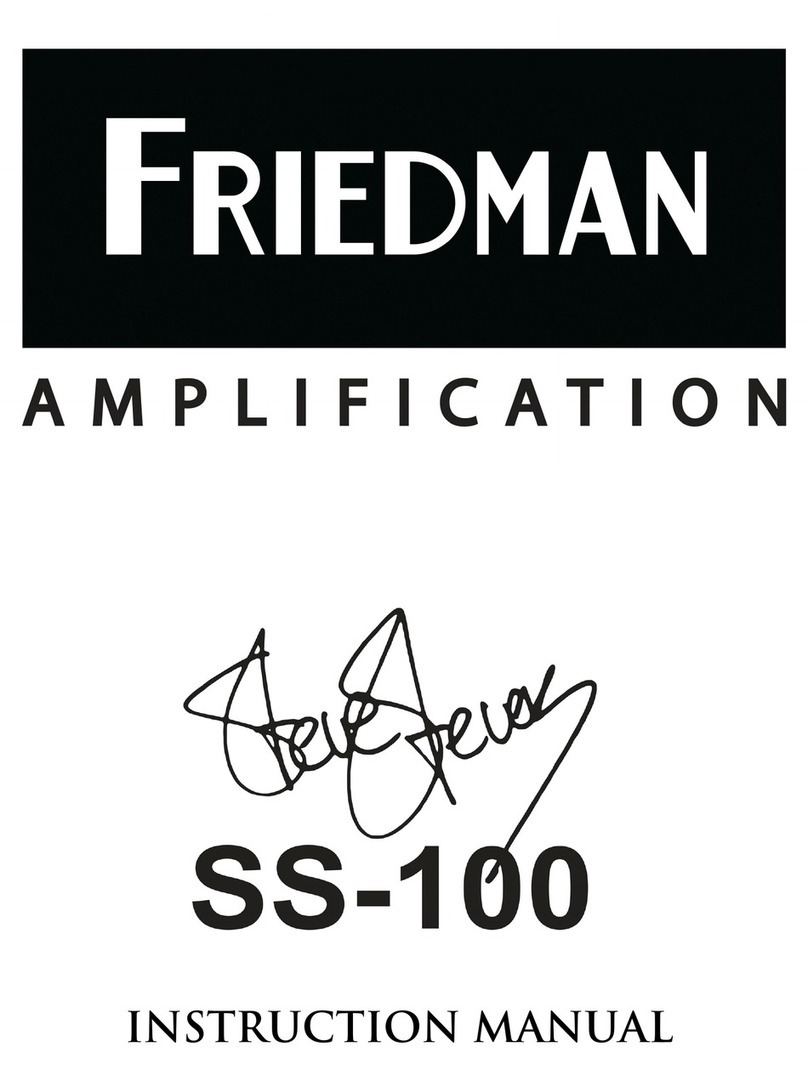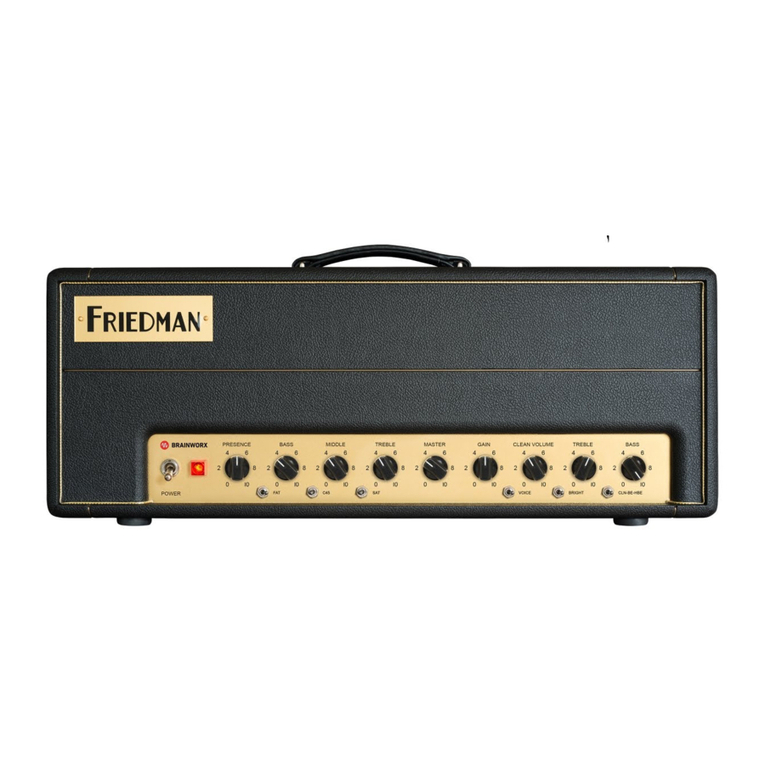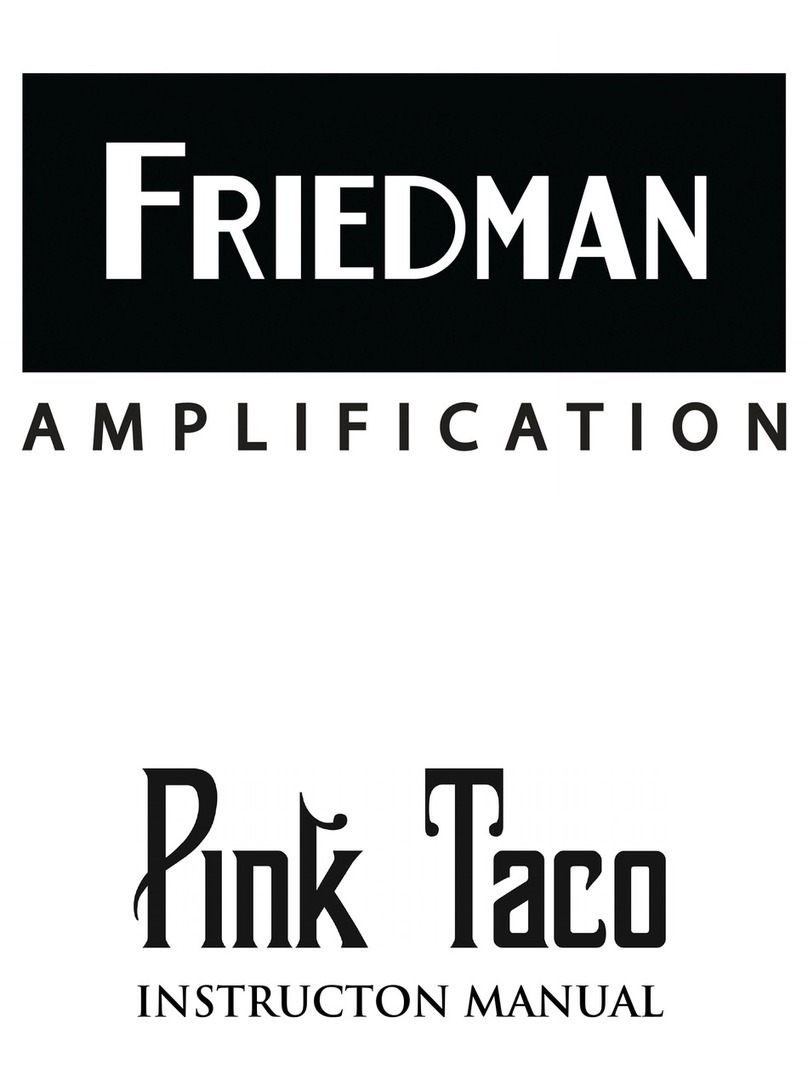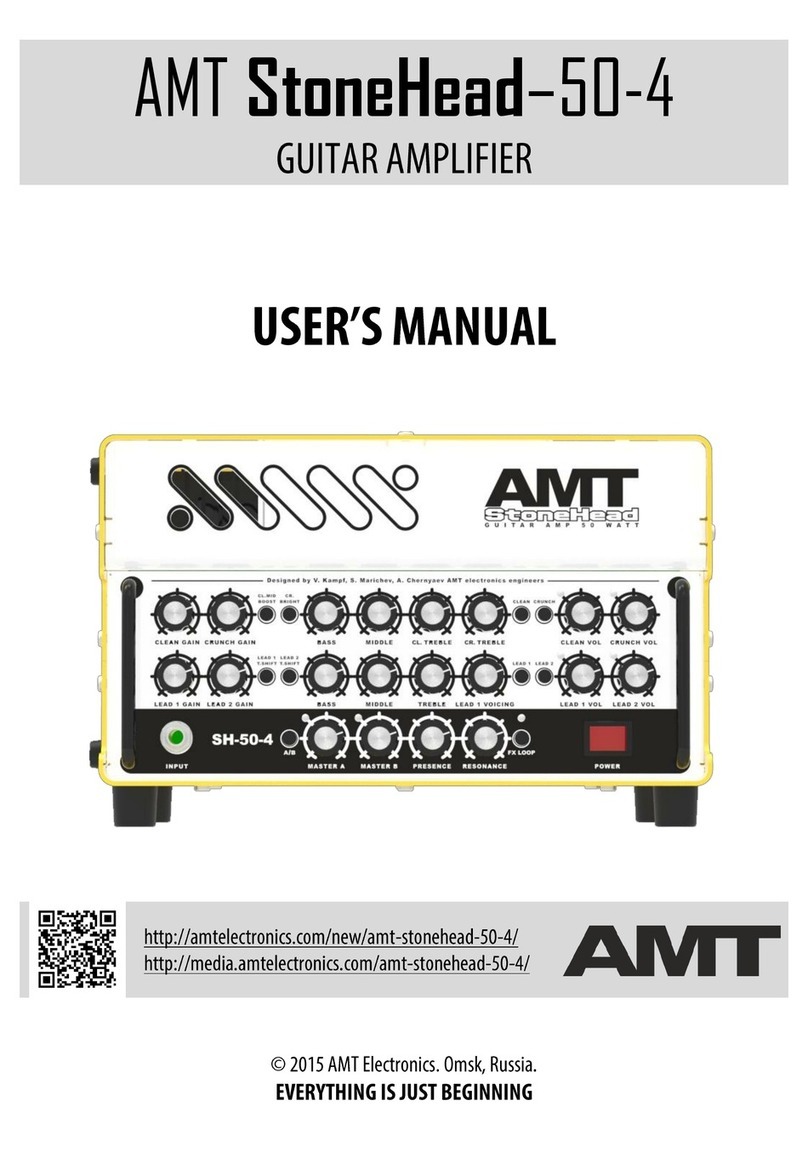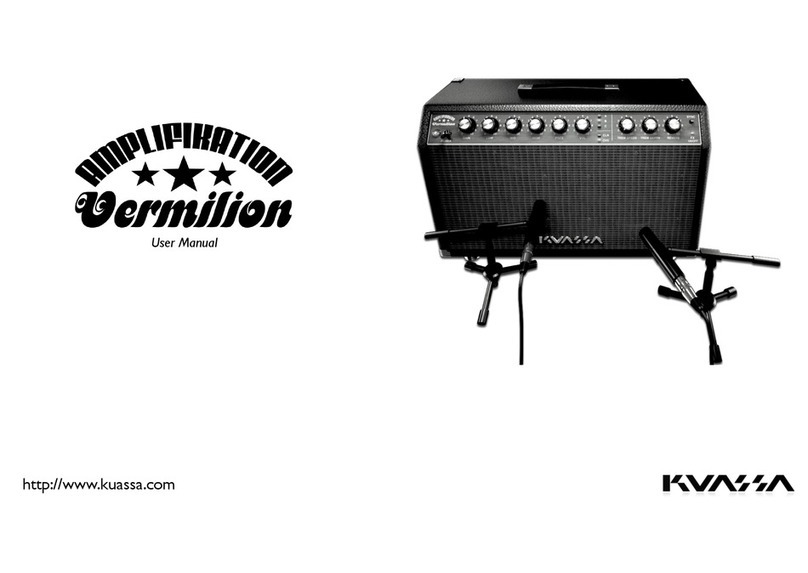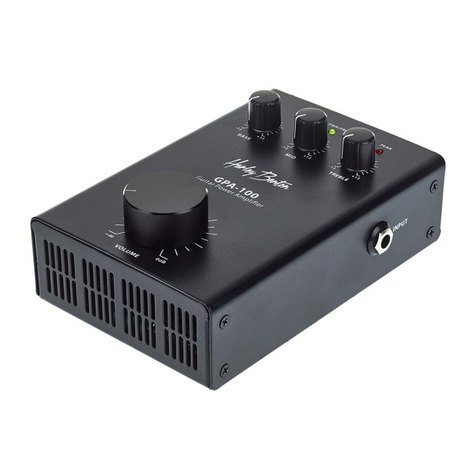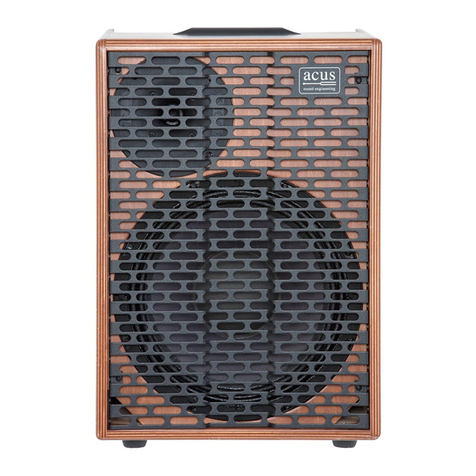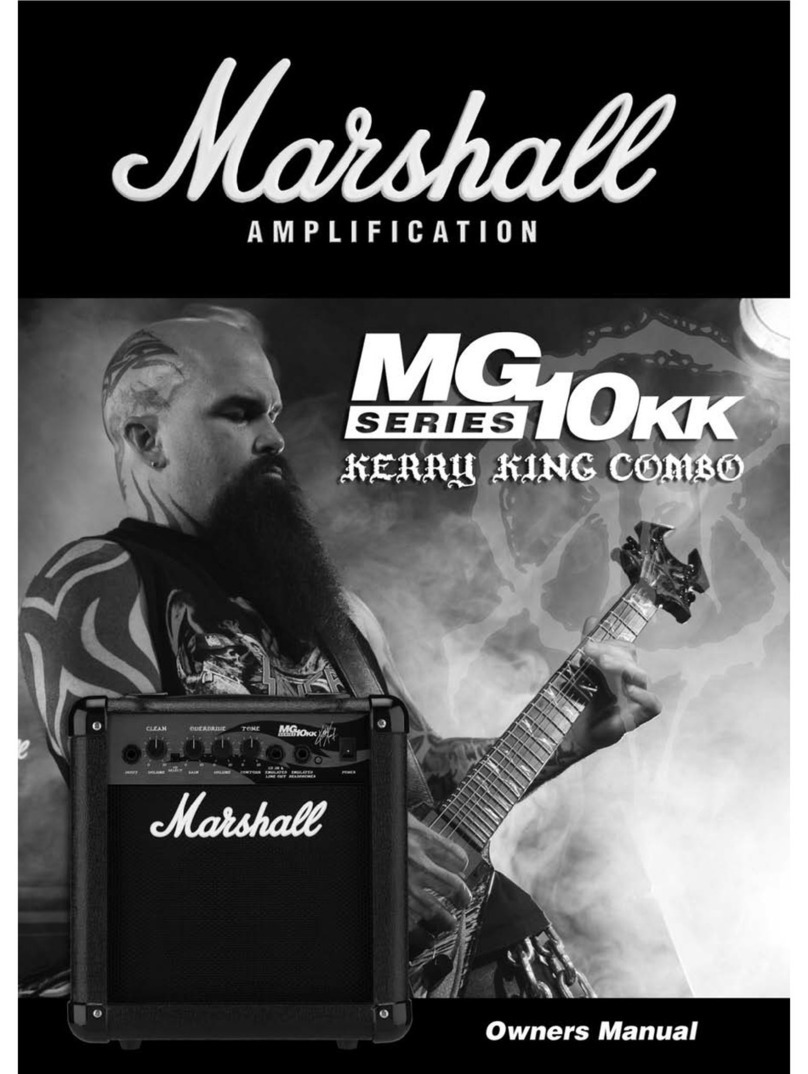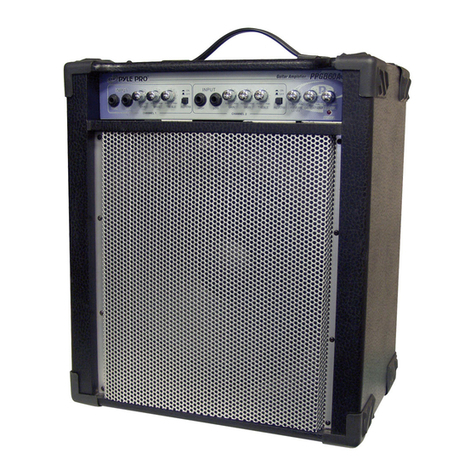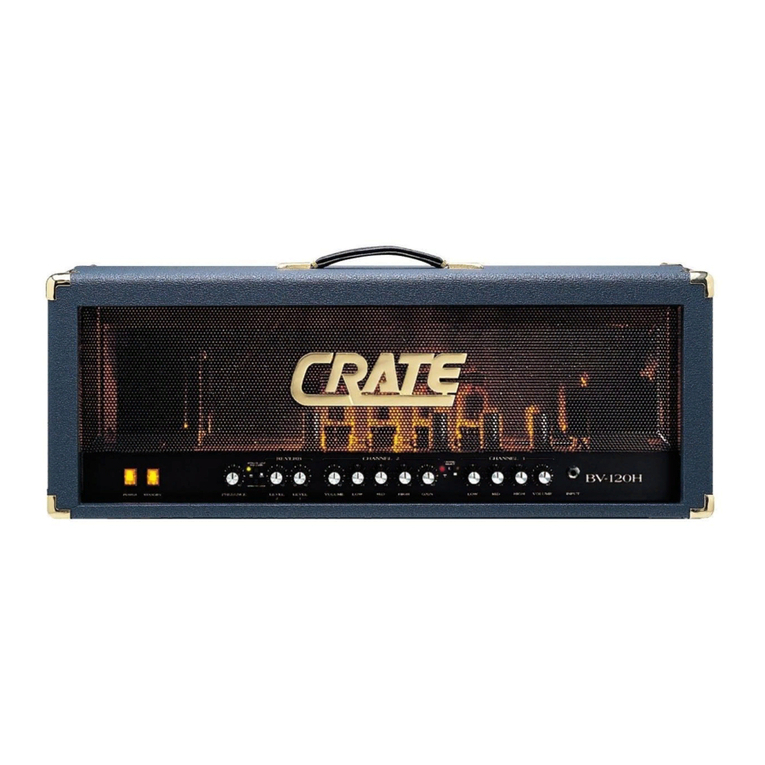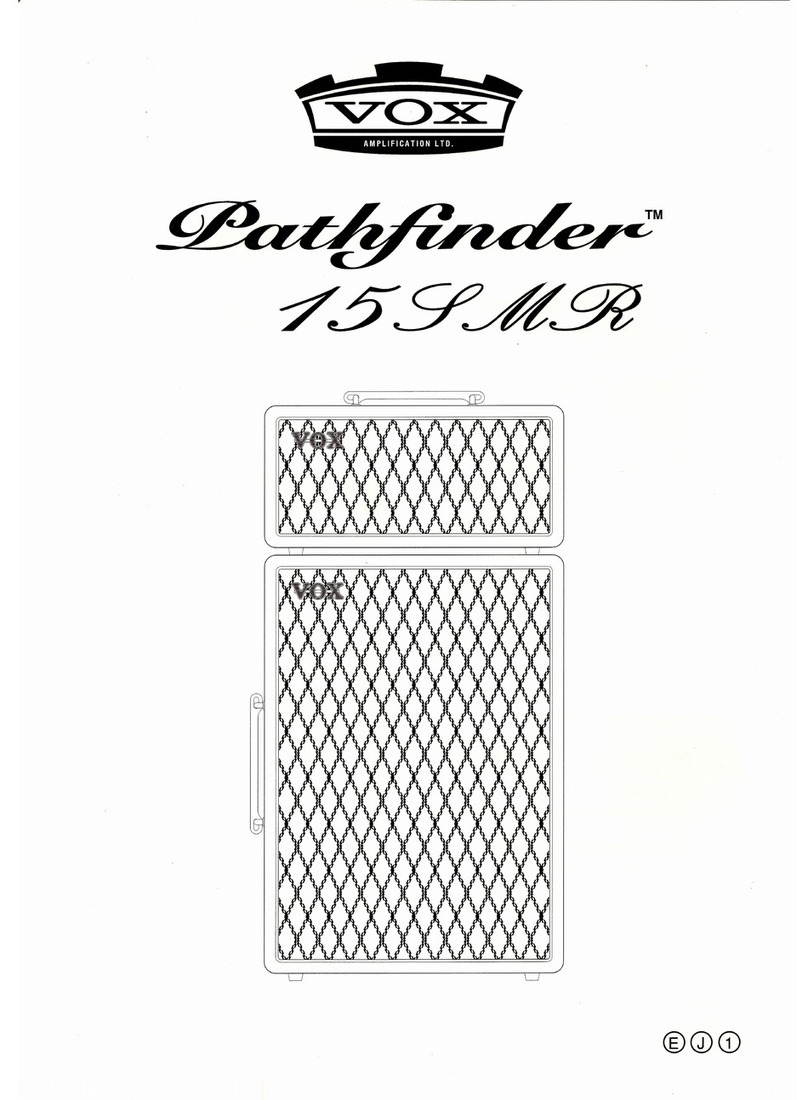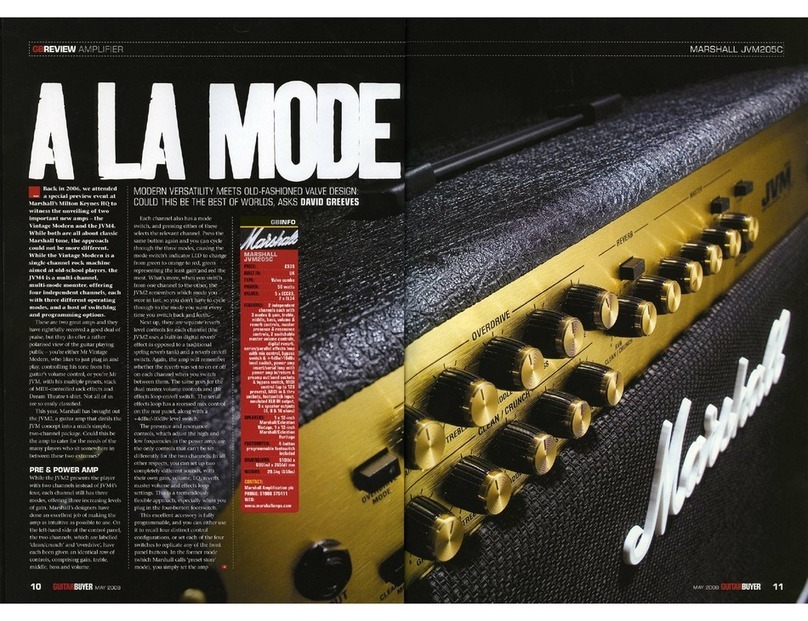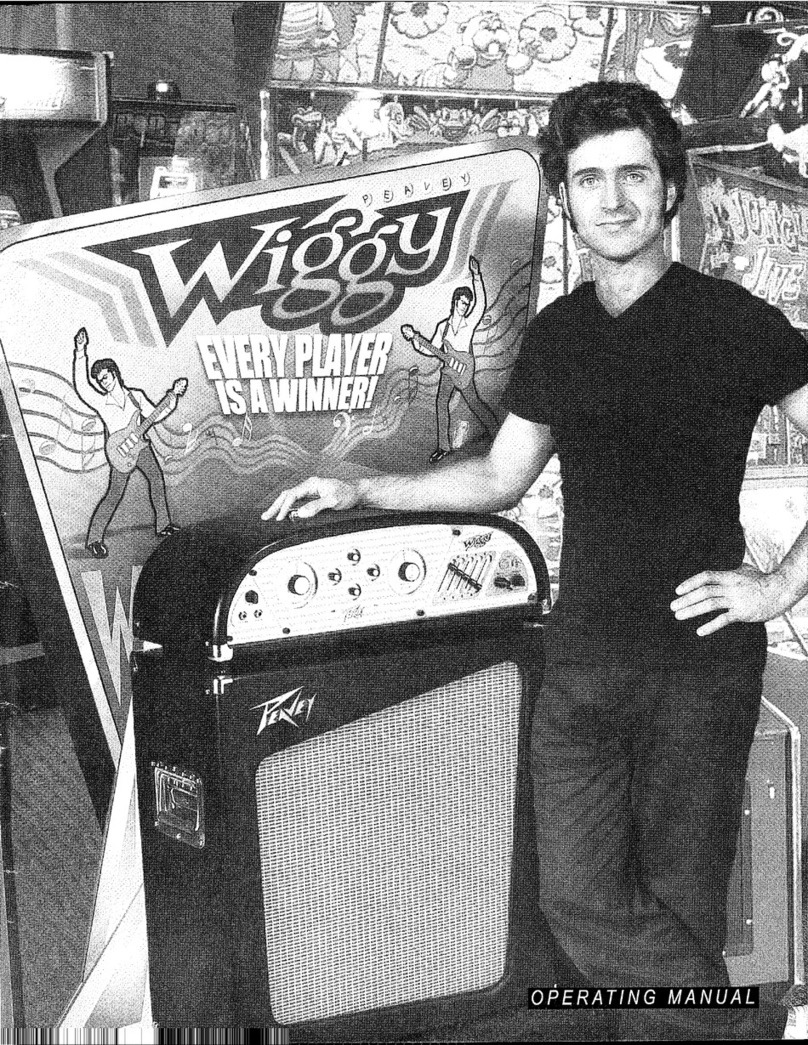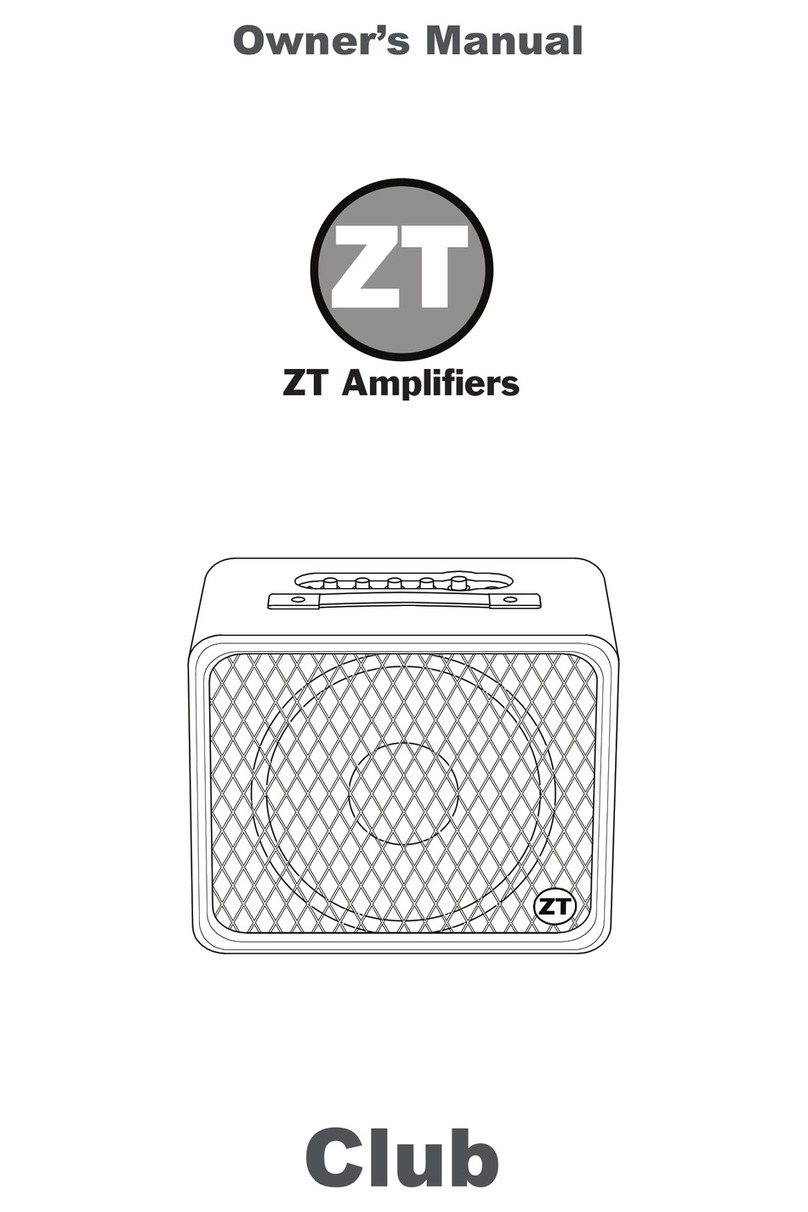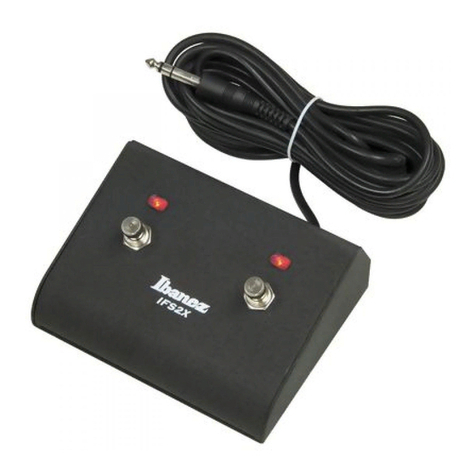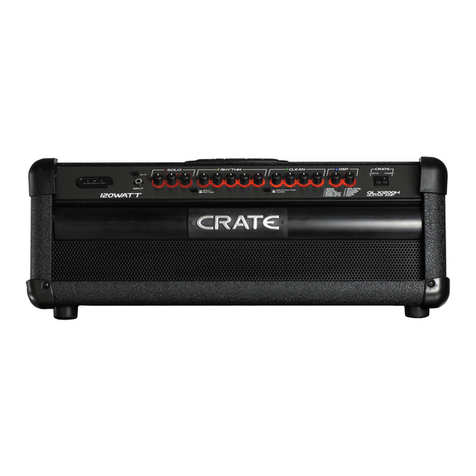8. SETTINGS / Top Toolbar:
UNDO / REDO:
You can undo and redo changes you made to the controls of the BE100 at any time.
The undo / redo will work for as many as 32 steps. This makes experimenting and
tweaking knobs easy. If you don´t like what you did... just undo it.
SETTINGS (A/B/C/D):
The DS40 offers four internal settings (A/B/C/D) that will be stored with every
preset. So, one preset can contain up to four amp and effects settings.
You may use similar amp settings with more or less delay, different delay times, etc.,
to quickly switch between different sounds, or you can switch from clean to crunch
to lead within one setup / preset.
The settings can be automated (!) in most DAW hosts. This way it´s possible to
switch from a dry rhythm sound to a lead sound with tons of delay, for example.
COPY / PASTE:
To set up variations of similar sounds you don´t have to dial in all the parameters
several times. Let´s say you like your setting A and want to use the same sound, just
without delay, as SETTING B.
-Simply press COPY while you are in SETTING A.
-Switch to SETTING B by pressing ‘B’ in the SETTINGS section.
-Press PASTE, now SETTING B is identical to SETTING A.
-Bypass the DELAY. Done.
Now you can switch between A & B and play the same sound with or without delay.
FX Rack:
Toggle between standard and zoom view.
FACTORY PRESETS
We have made a lot of presets for the Friedman amp plug-in, many of them have been
made to work perfectly with classic guitars like Strats, Teles or Paulas. All of the factory
presets offer A/B/C/D variations, do try them out!
This effectively quadruples the factory sounds you can browse through, and many simi-
lar amp settings sound quite different with different FILTER or DELAY settings.
These presets are only intended to give you an easy start and to demo some of the
tones you can get out of the Friedman amp plug-in.
CREATING YOUR OWN SOUNDS & PRESETS
When you start to create your own sounds the most important elements to adjust are
the DRIVE, TONE STACK and the REC CHAINS.
-Set the controls of the TONE SECTION (Bass, Treble) to the center position (’12-o-
clock’).
-Select an input (L for clean tones or H for more distortion)
-Dial in as much GAIN as you like.
-Play through as many REC CHAINS as you like and pick the one that sounds clos-
est to what you are looking for without altering the TONE SECTION.
-NOW start tweaking the TONE SECTION and DRIVE to fine tune your amp settings.
-Add Delay or activate filters, the noise gate, etc.
Experiment, be creative. We are confident that the different channels of the amp and
the huge selection of REC CHAINS will offer you many possible combinations that will
sound great on a big variety of musical styles and genres.
Combine the Friedman amps with other UAD-2 plug-ins (dynamics, effects, room simu-
lation), and you will be able to create countless world-class production-ready guitar
sounds in the box. Enjoy.
